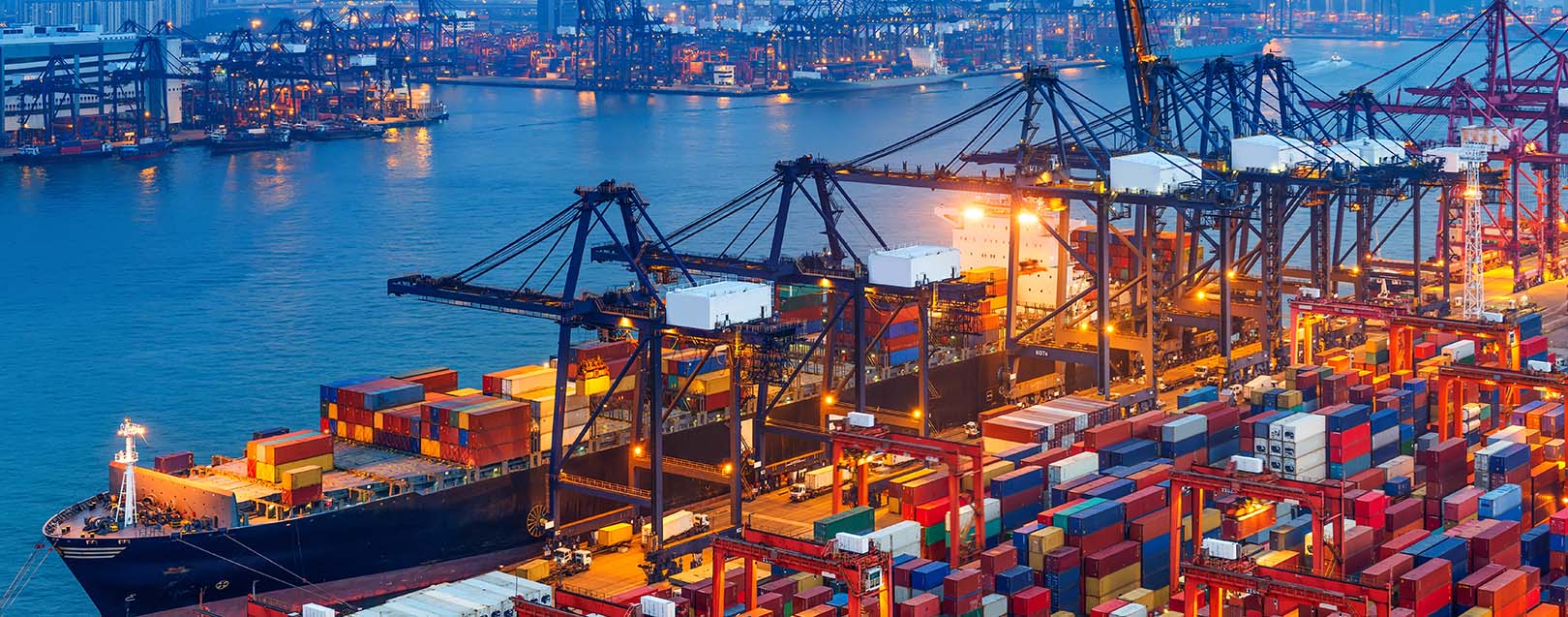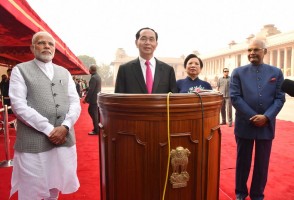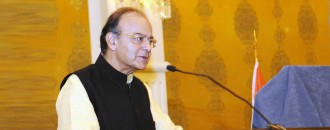
RCEP negotiations bring focus back on India
The Dollar Business Bureau
The ongoing Regional Comprehensive Economic Partnership (RCEP) negotiations, that commenced last Friday in Perth, Australia, have brought the focus back on India as several member countries want India to reconsider its stand on tariff rates.
In the past, several RCEP members had accused India of being an obstructionist and defensive in its approach. The five members; Australia, China, Japan, New Zealand and South Korea had exhorted India to cut tariff on key products or leave the talks on the FTA. They had said India was taking a half-hearted approach towards the conclusion of major issues.
The 12th round of negotiation for RCEP is being led by the Commerce and Industry Minister Nirmala Sitharaman. The negotiations officially began on the sidelines of the East Asia Summit in Phnom Penh, Cambodia in November 2012.
The bloc members have for long asked India to give better access to its agricultural and services sector. New Delhi was one of the first to have put forth its proposals on goods, investments and services. The offer was initially accepted by most of the members; however some countries wanted India to reduce its tariff rates on goods.
The Indian government has said it has already made offers for goods and services. “We have made our offers for goods and services. The RCEP negotiations are happening in detail. India is participating in the next round beginning April 24,” Sitharaman had earlier said in a tweet.
The ongoing negotiations are likely to have a significant impact on the Indian masses. Several trade unions, civil society organisations, farmers, pharmaceutical sector and other industry bodies have raised concerns over the negative impact of the ongoing conversation on the country’s key industries including agriculture, dairy products, medicines, investor rights and tax policy.
The negotiations, failed to be concluded by its previously-set deadline of 2015 and have intensified after inking of the Trans Pacific Partnership (TPP) this February. RCEP is designed to cover several trade areas including goods, services, investment, economic and technical cooperation, and intellectual property rights.
India already has FTAs with the ASEAN countries, and has given market access to these countries and has eliminated tariffs on 80% of all items. It has offered to open 65% of its product range to Japan and Korea. Since India doesn’t have FTAs with Australia, China and New Zealand, the Indian government has proposed to eliminate duties on 42.5% of its products space.
In 2014-15, India's exports to ASEAN stood at $31 billion, approximately 10.2% of the country's total exports.
The negotiations, once concluded, will not only give India an opportunity to expand its products reach across various key global markets, but also pose a major challenge to compete with other emerging exporting bloc-members.
The 16-member RCEP bloc consists of a 10-member Association of South East Asian Nations (ASEAN); Brunei, Cambodia, Indonesia, Laos, Malaysia, Myanmar, Singapore, Thailand, the Philippines, and Vietnam, and the six states they have existing FTA with- China, India, Japan, Australia, New Zealand and South Korea.





